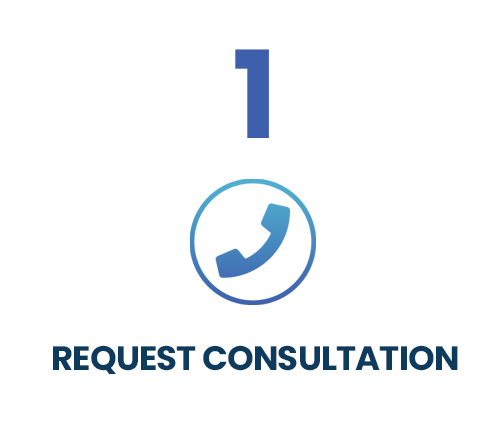With the spread of the coronavirus (COVID-19), you are not only responsible for your personal health and the health of your loved ones, but also for the health of your business. With the U.S. economy potentially headed for a recession, the country is in a severe state of economic uncertainty, and that is not good for business. However, it can be good for your business if you take certain steps to adapt.
Consumers will continue spending, and someone has to be there to meet that demand. Just because there’s economic uncertainty, doesn’t mean that you still don’t have payroll and other financial obligations to meet, or sales goals to achieve. You must adapt in order to keep the train on the tracks, and potentially come out of this economic turmoil with an even stronger business.
Here are five ways you can take advantage of the current state of uncertainty.
Step 1: Ramp up marketing while your competitors sit on the sidelines
Henry Ford once said, “A man who stops advertising to save money is like a man who stops a clock to save time.” With many of your competitors pulling back, this is the perfect opportunity to ramp up your sales and marketing activities, potentially at a lower cost. Advertising costs in general will decline, which means your marketing budget will go further than it did before. This presents a prime opportunity to gain market share from your competitors, and position your company to be even stronger and more dominant than it was before.
Step 2: Evaluate expenses, and trim the fat
Times like this present a great opportunity to evaluate your expenses and determine if there is any fat you can trim. Do you have any unnecessary expenditures that can be reduced? For example, we recently replaced K cups in our office with a 30oz can of Folgers. With this change, we went from spending roughly $80 per month on coffee to just $7 per month. This resulted in a savings of almost $900 over the course of a year. We also reduced the janitorial services for our office from twice a week to once a week. The office is just as clean as it was before, but for half the cost. We’re now saving over $1000 per month from those changes, and have since reallocated those funds to our own marketing efforts, where we typically see a 3x to 5x return. So, we’re not only saving $1000 per month, we’re actually earning an average of $4000 per month from those reductions in our office expenditures.
Step 3: Strengthen your team and encourage professional development
Use this opportunity to strengthen your team. Economic uncertainty impacts your employees just as much as it impacts you. It’s important to keep employee morale up during this time. Take a few minutes to check in with each of your employees and see how they’re doing. This also gives you an opportunity to provide your employees with feedback and encourage them to take advantage of professional development opportunities if business slows. If you have any employees who are underperforming, this is also a good time to address those issues. You can’t afford to have employees who aren’t significant contributors to the company’s bottom line during uncertain economic times.
Step 4: Reevaluate your business plan and be prepared to pivot
In the event business slows, use that time to reevaluate your business plan. There may be opportunities for growth that you haven’t thought of, or weren’t present before. For instance, you may be able to pivot to a different offering or serve a different audience. There may also be opportunities to improve your operations. For example, if and when things slow for your business, use this time to focus on building better systems and improving efficiencies. This can result in increased productivity and ultimately a more profitable business once things pick back up.
Step 5: Place more emphasis on digital marketing
Companies that typically rely on in-person networking, conferences, and tradeshows to drive new business will have to find alternative means of generating business. Sales quotas must still be met, but the traditional planes, trains, and automobiles method isn’t going to work as long as COVID-19 is an issue. There is a tremendous opportunity here for those that have historically relied on networking to create a digital marketing strategy to replace this lost revenue. Develop a digital marketing plan with a heavy emphasis on search engine optimization, social media marketing, and retargeting. Keep in mind that if people are stuck in their homes for long periods of time, they will be spending a lot of time on Google and Facebook.
Regardless of what the future holds, take this opportunity to evaluate your business and make the changes that are necessary to not only survive, but to continue to grow and thrive.













